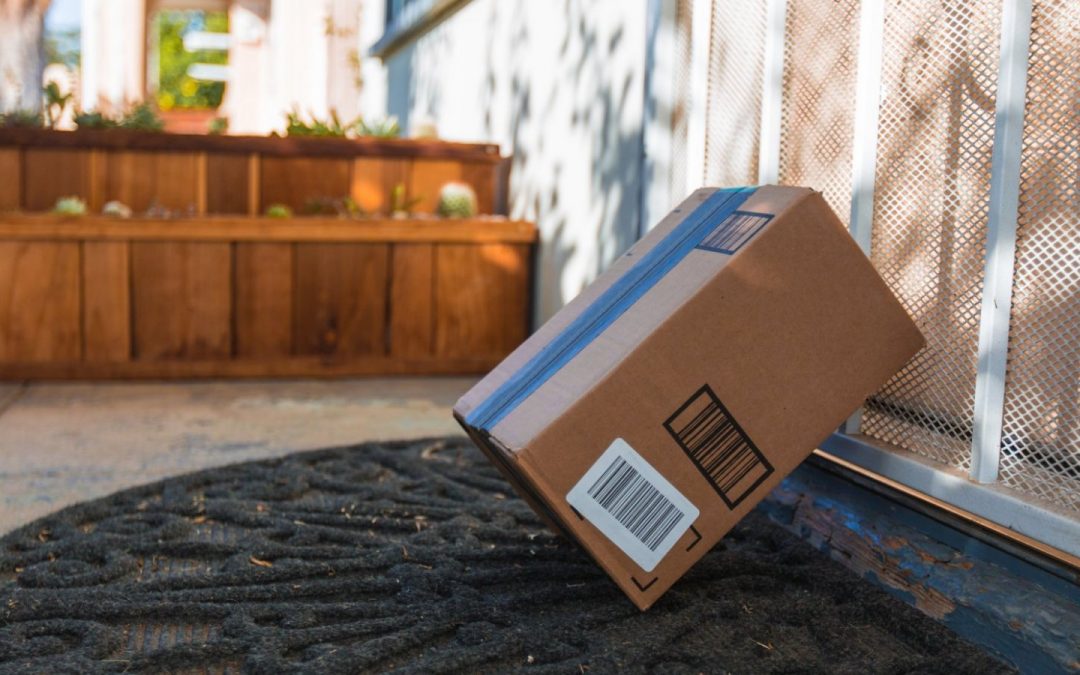** This article was originally featured on INC.com. Click here to view the original content.
Let’s face it: Amazon is taking over the world. First it put customers at ease and ushered in the modern world of e-commerce. Then, Amazon did something that truly blew the traditional retail industry out of the water, and its secret is the retailer’s worst enemy: inventory.
Amazon’s inventory management system has made it bulletproof, unlike other major retailers that have been slowly drifting into obscurity. And behind the big warehouses and the intricate distribution systems, it’s easy to forget that the core competitive advantageAmazon has is that it doesn’t store, ship or even own much of the inventory that it sells.
Instead, Amazon has handed the infamous inventory challenge to other retailers through its “Fulfillment by Amazon” service, which allows small businesses and enterprise retailers alike the opportunity to fulfill Amazon orders from their own inventory.
Here’s what most would-be sellers don’t realize: You can use Amazon’s exact strategy to build a profitable business all your own by simply copying Amazon’s ingenious system. With big thanks to Amazon for being a retail disruptor, here are three ways to win big in retail this year:
1. Get clear about what you want to sell and why.
The truth is, anyone with a laptop can open up an e-commerce store selling basically anything to anyone. But, having built several multimillion-dollar e-commerce operations, I know that’s not enough. It’s essential that you choose products that you are passionate about selling. Why? Because your passion will come through in a wide variety of ways — from the colors you choose on your site to the words you use in your descriptions to the quality of your email responses for customer service.
For instance, I once built an e-commerce business around the magnetic laundry system, which cleans without toxic laundry detergent. One of the reasons that product did so well is that I had a deeply emotional reaction when I learned about how water chemicals negatively affect wildlife populations throughout the world. And guess what — that passion showed in my copy. All of the little details in your e-commerce business will add up to a big difference in sales, so if you start from a place of passion you’ll always have an advantage over your competitor who just wants to make money.
2. Deeply understand the behavior of your buyers by testing your market.
It is critical that you spend some time analyzing who your best buyers are and how your best buyers buy. Do they do a Google search? If so, what do they search for? Or do they prefer to peruse Pinterest and buy through that channel? When setting up your store, spend some time testing different strategies to see what your traffic and conversions are like. For a tiny amount of money — I’m talking less than $100 — you can run a variety of tests through different channels to see what channel and audience converts best before investing more in your traffic strategy.
For example, with the magnetic laundry system, I was convinced that people who love the environment and/or want to save money would be the primary buyers — but just in case, I tested multiple markets anyway. To my surprise, the customers who went nuts for the product actually bought the system for health reasons, not environmental or cost-saving reasons. Without testing, I would never have reached my best buyer segment.
3. Get really good at inventory arbitrage.
One of the most important activities you’ll undertake as a new e-commerce company is sourcing inexpensive inventory. A pro tip that hundreds of my students have used is to source individual products at wholesale prices through AliExpress. AliExpress was founded in 2010 as a subsidiary of Alibaba in China, and it allows any e-commerce guru to select quality vendors and establish working relationships so that when you sell an item online, you can quickly purchase it through the AliExpress network to fill the order. No inventory, no risk — just pure profit, and often several hundred percentage points more than in traditional retail.
I once sourced a butterfly watch for $.67 and sold it for $9.95, for a profit margin of 1,385 percent. And even if that watch had been returned, I still could have sold it for $1 and made a profit, which gave me a huge margin of error in my then-fledgling business.
With Amazon’s strategy and a little elbow grease, retail today can be a hugely profitable business. Get clear on why you’re passionate about those products, get to deeply understand your buyers and create your own inventory system, and you can be well on your way to copying Amazon’s success.

